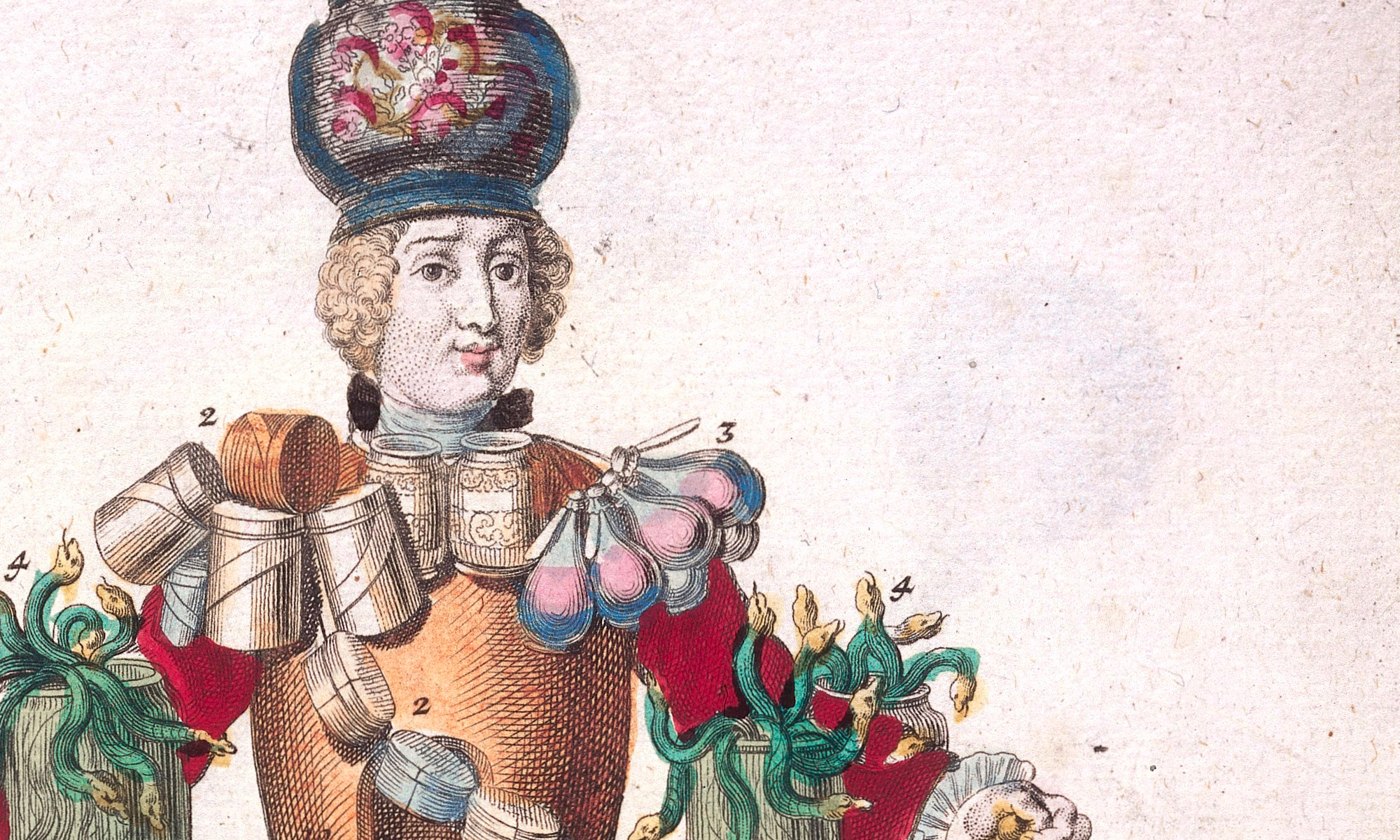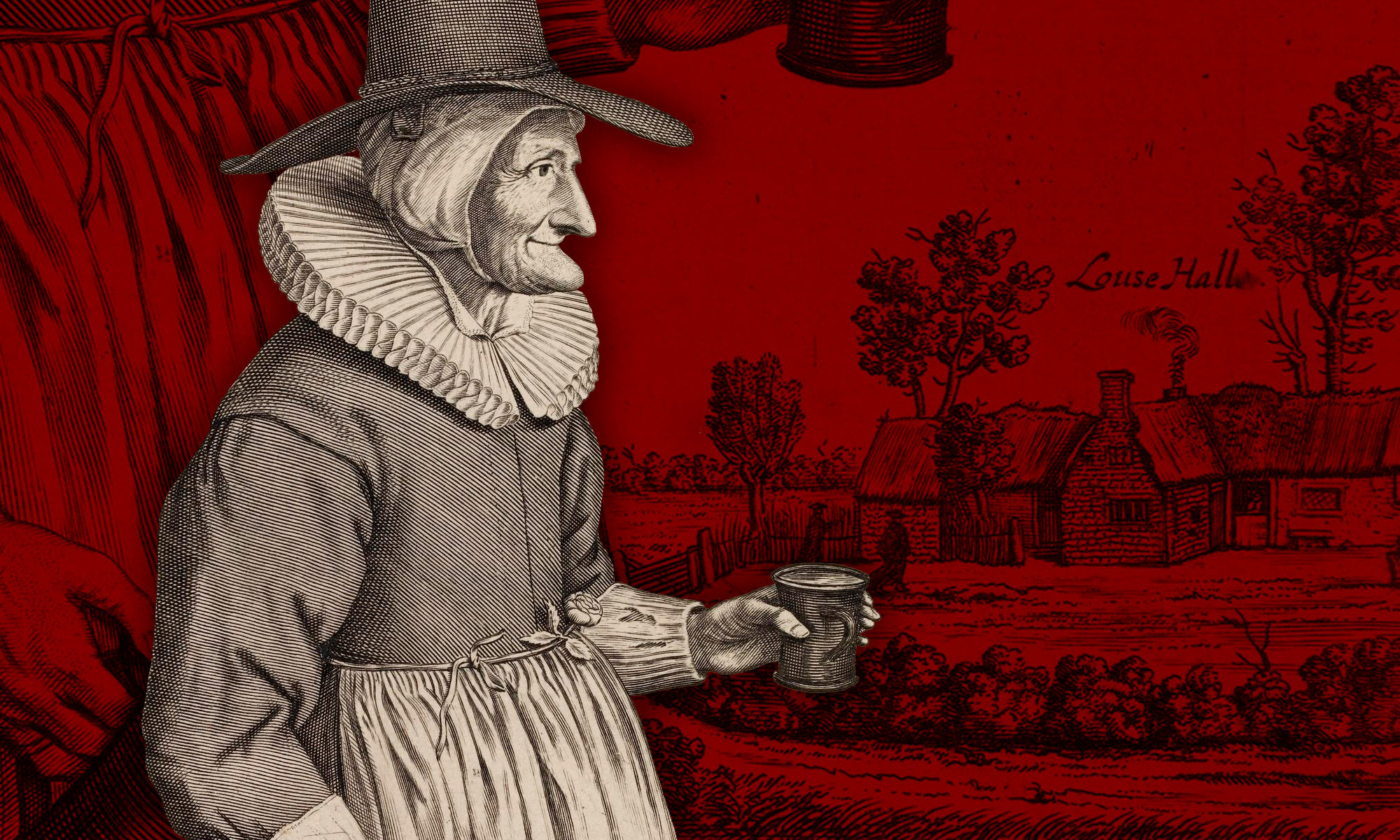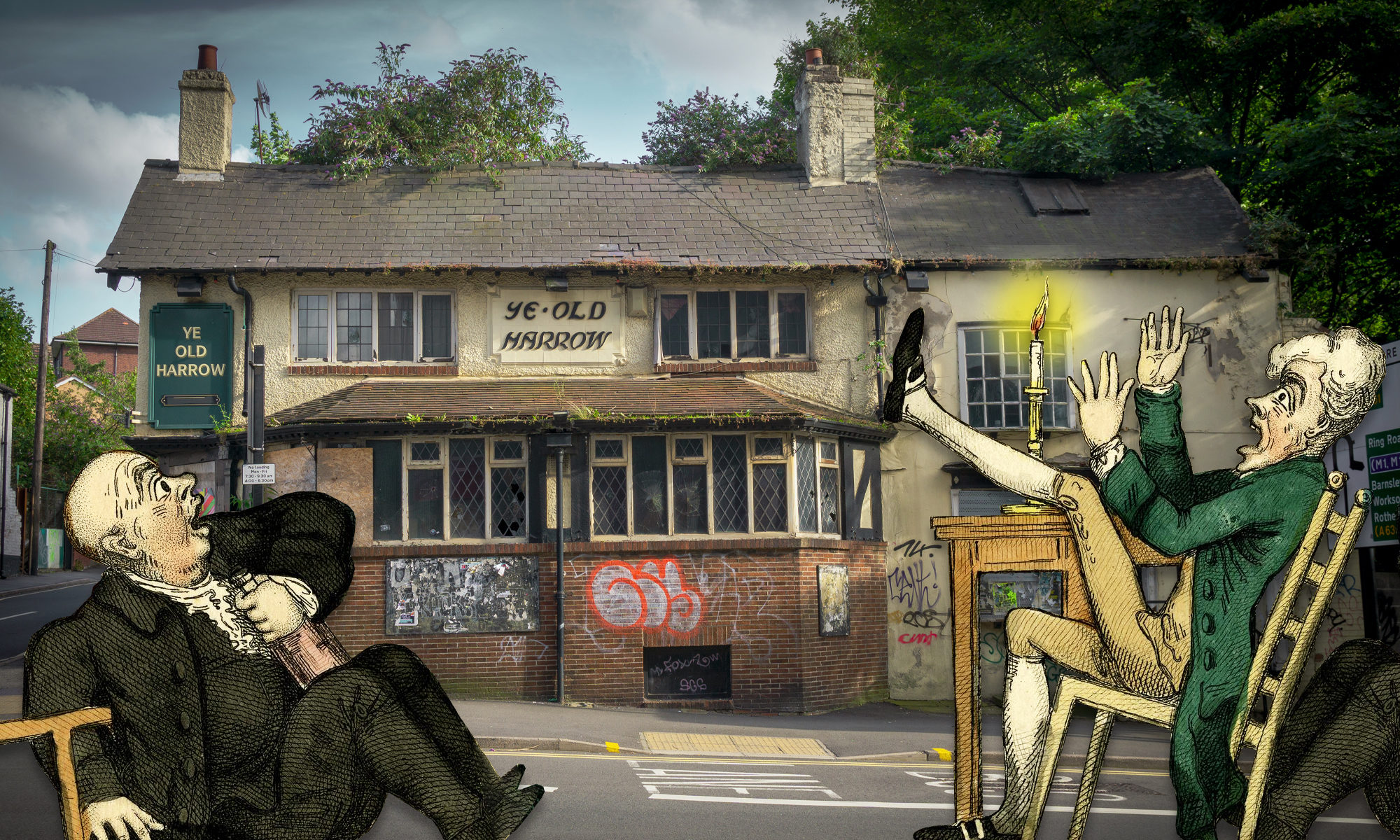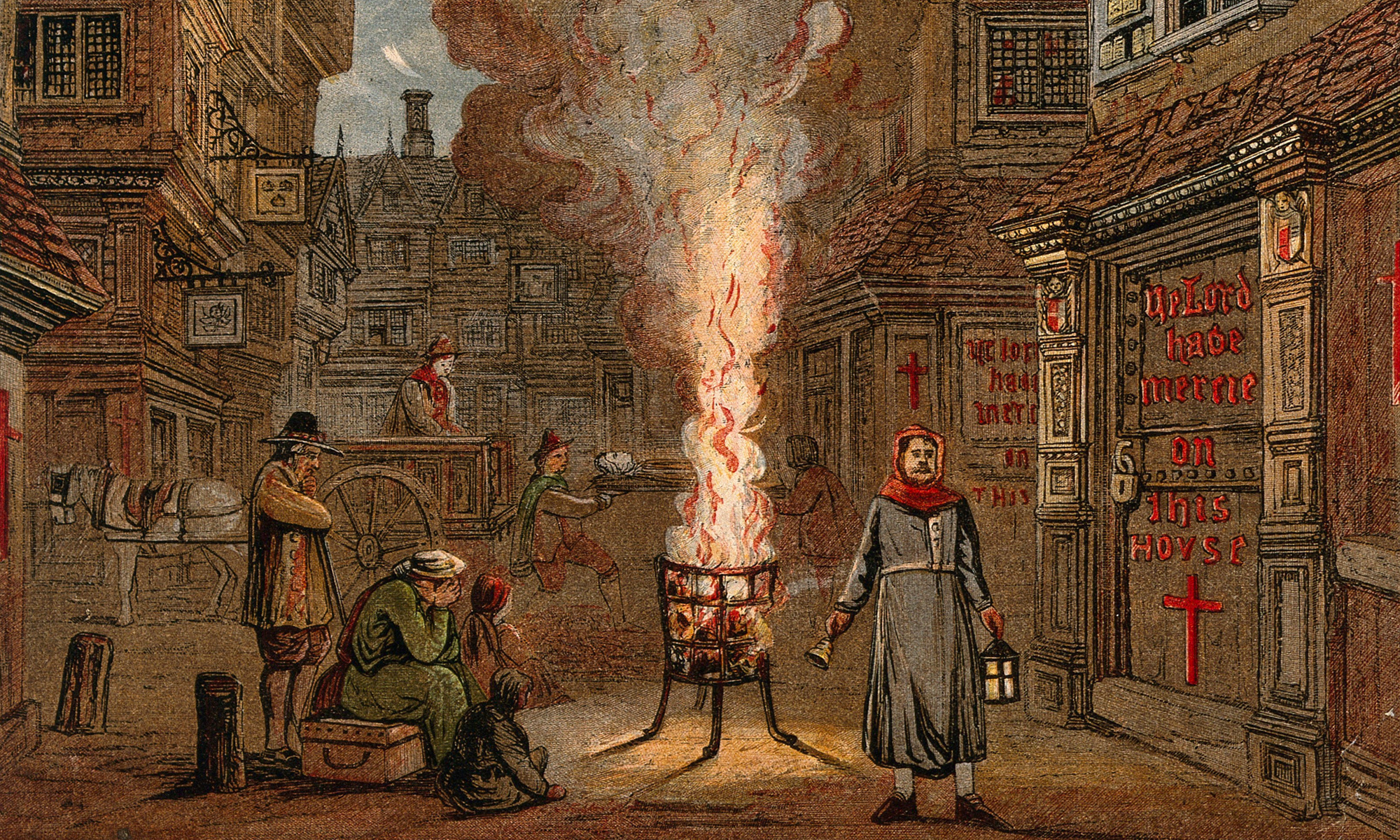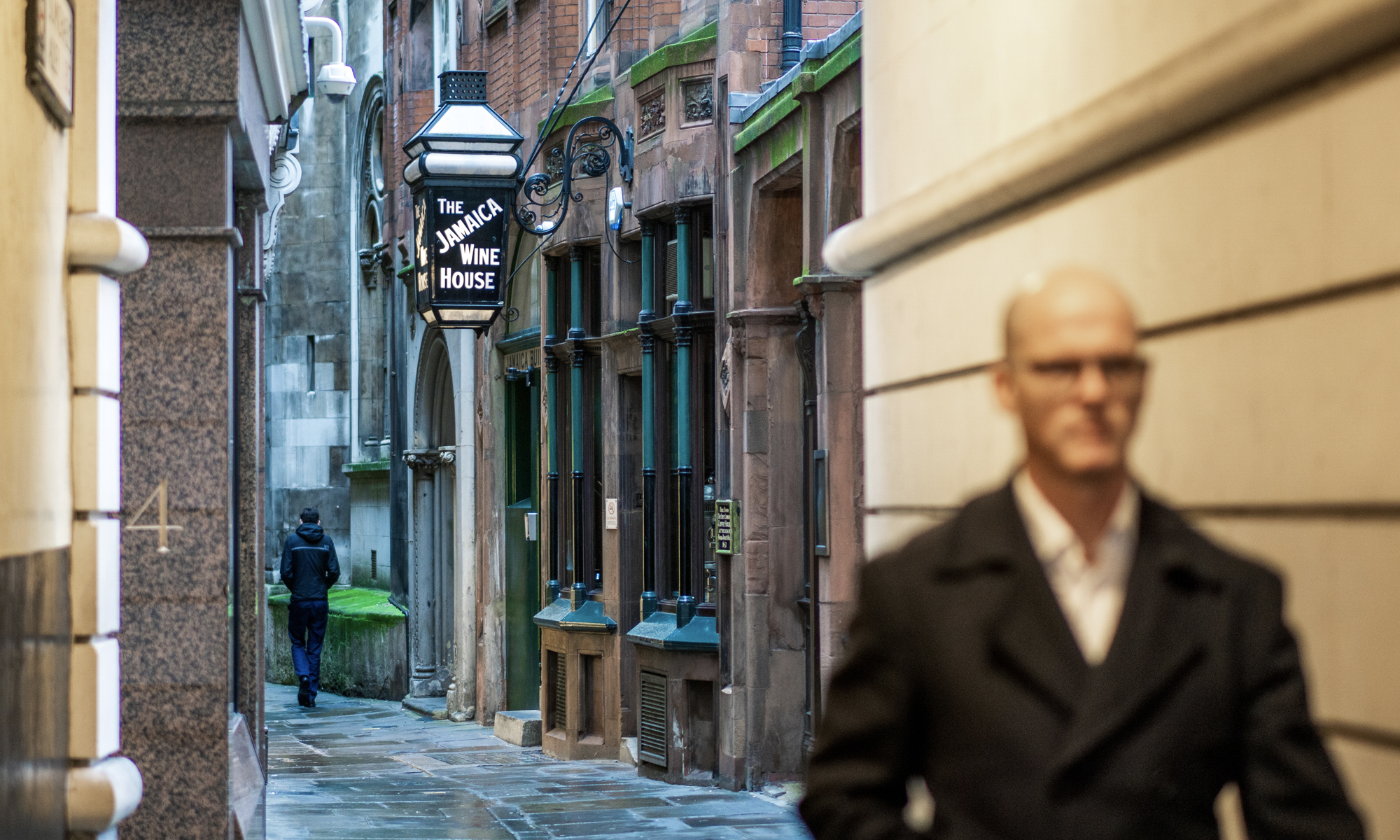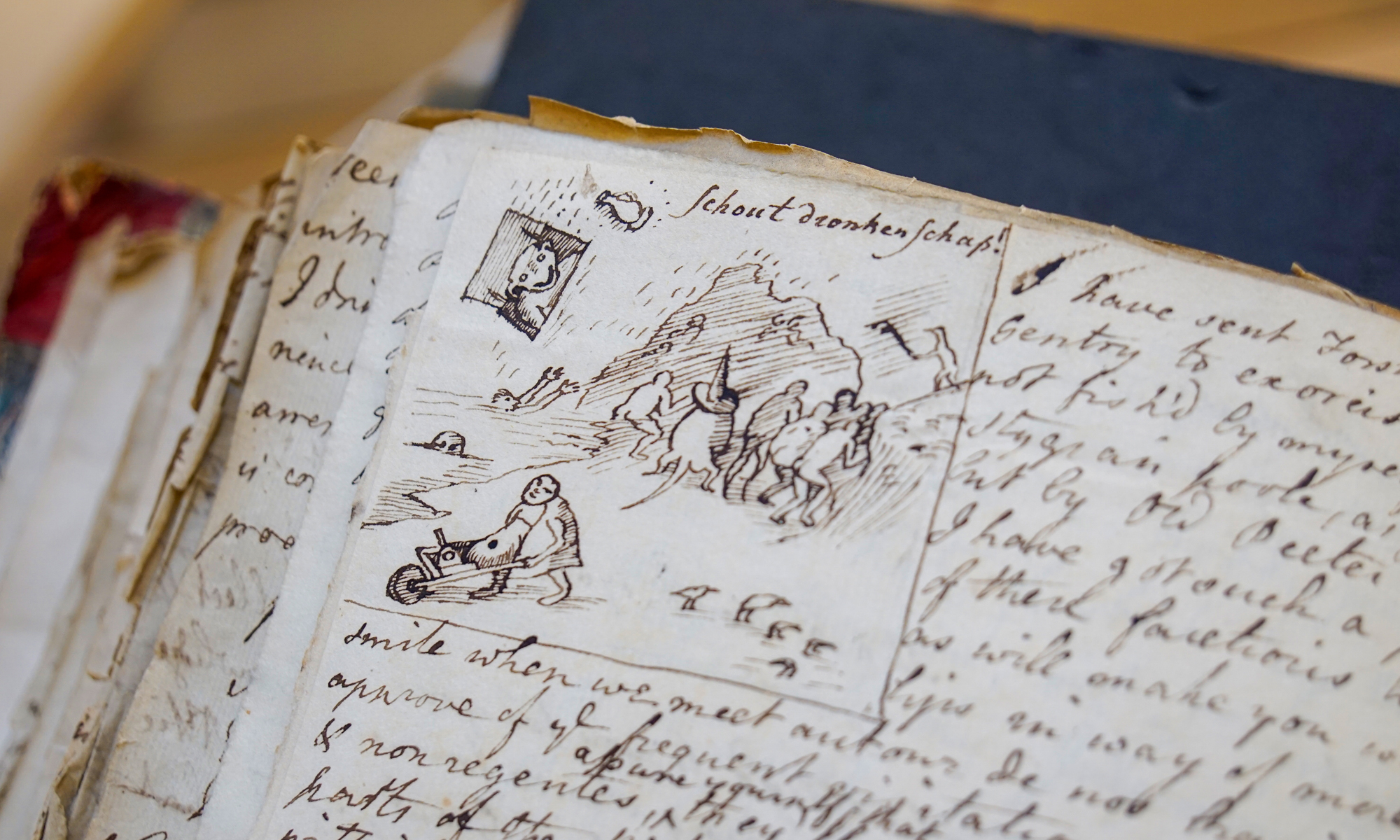A new article on The Conversation, which seems to have gained quite a lot of traction, argues that the modern iconography of witchcraft – namely pointed hats, cauldrons, broomsticks, and cats – can be traced to the commercial practices of, and patriarchal smear campaigns against, the female ale brewers of the late medieval and early modern periods. This is not a new contention, but one that has been circulating online with increasing frequency over the last few years. It’s an appealing thesis that accurately captures the domination of household ale brewing by singlewomen, wives, and widows before the Black Death (one third of women brewed regularly or occasionally in the towns and villages of the early fourteenth century); their increasing marginalisation from the trade as it expanded, capitalised, centralised, and professionalised from the 1350s (accelerated by the arrival and assimilation of a new intoxicant, hopped beer); and the overwhelmingly pejorative cultural construction of female brewers. However, the narrative is also misleading and simplistic, and elides the more subtle and interesting ways in which witchcraft and the manufacture and retail of intoxicants were conceptually intertwined in the medieval and early modern eras.
Continue reading “Trouble Brewing: Ale, Beer, and Witchcraft”
